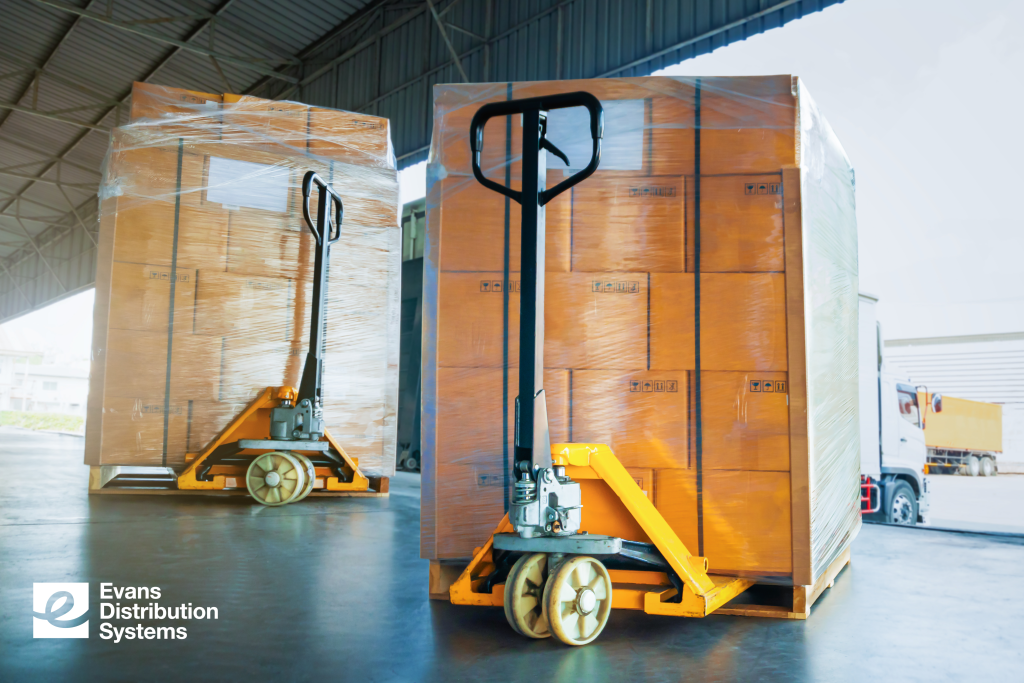Is it Time to Ask Your 3PL About Co-loading?

If your goods are frequently delivered as less-than-truckload shipments, it may be time to ask your 3PL about co-loading. This form of shipping is not new but may experience a revival due to improvements in real-time shipping data and rising transportation costs.
The transportation industry experiences challenges from time to time. Many times, there are empty back hauls or half empty truckloads. There are delays caused by bottlenecks and other disruptions. Is it time to consider a different form of shipping known as co-loading? Let’s explore.
Co-loading vs. Less-than-truckload (LTL)
Co-loading is a form of less-than-truckload shipping that involves a truck transporting shipments from multiple customers and making several stops at each delivery point along the route. With co-loading, shippers split the cost of the truck, whereas a dedicated full truckload is more expensive. In contrast to co-loading, LTL shipping involves transporting goods from multiple customers to one delivery point, where shipments are loaded to another container or truck for its final delivery.
Co-loading only works in certain circumstances. Shipments need to be similar in the mode of transportation and how the goods are packed. It typically requires a mixture of larger shipments and smaller shipments to fill a truck or container. Timing and the distance of delivery points should synch up as well. Aligning these requirements across multiple customers with different inventory levels and shipping needs makes coordination of co-loads more challenging. But if customers have consistent shipping levels, co-loading is bound to bring savings.
How to Start Co-loading
The best way to inquire about co-loading is to approach a third-party logistics provider (3PL). These service providers typically have multiple customers within their warehouses to identify similar shippers that would make a good match for a co-load. A 3PL also has the data to help identify co-loading opportunities quickly and they have resources such as drivers and trucks to service a co-loaded route.
Additional Benefits of Co-loading
In addition to cost savings, co-loading often speeds up lead time and reduces the risk of damaged goods let loading and unloading compared to LTL shipments. There are environmental benefits in terms of reducing fuel, Co2 emissions, and road or rail congestion. Finally, it eliminates empty trailers so more products are delivered in less time.
Is co-loading right for you? Contact a 3PL expert at Evans Distribution to find out.
